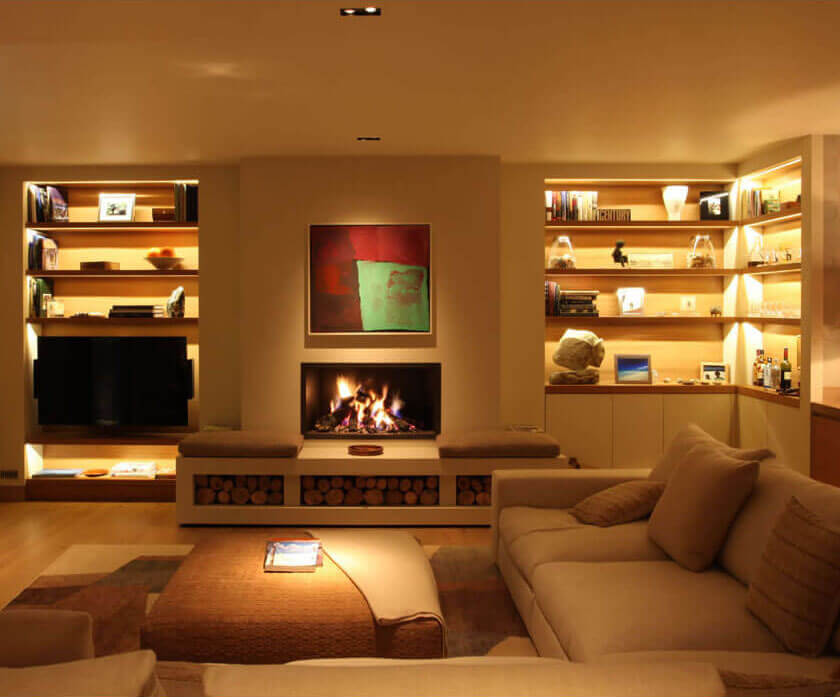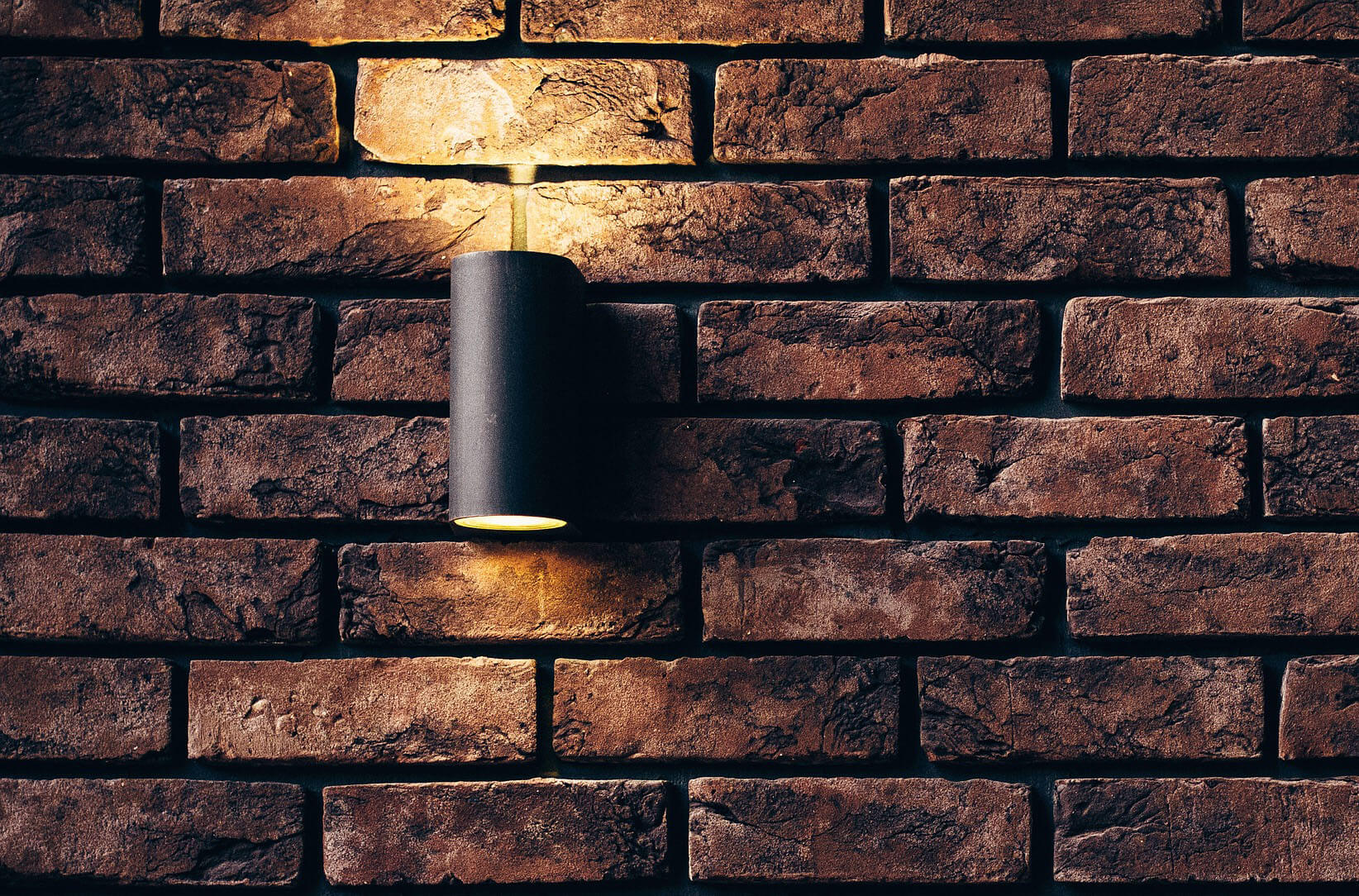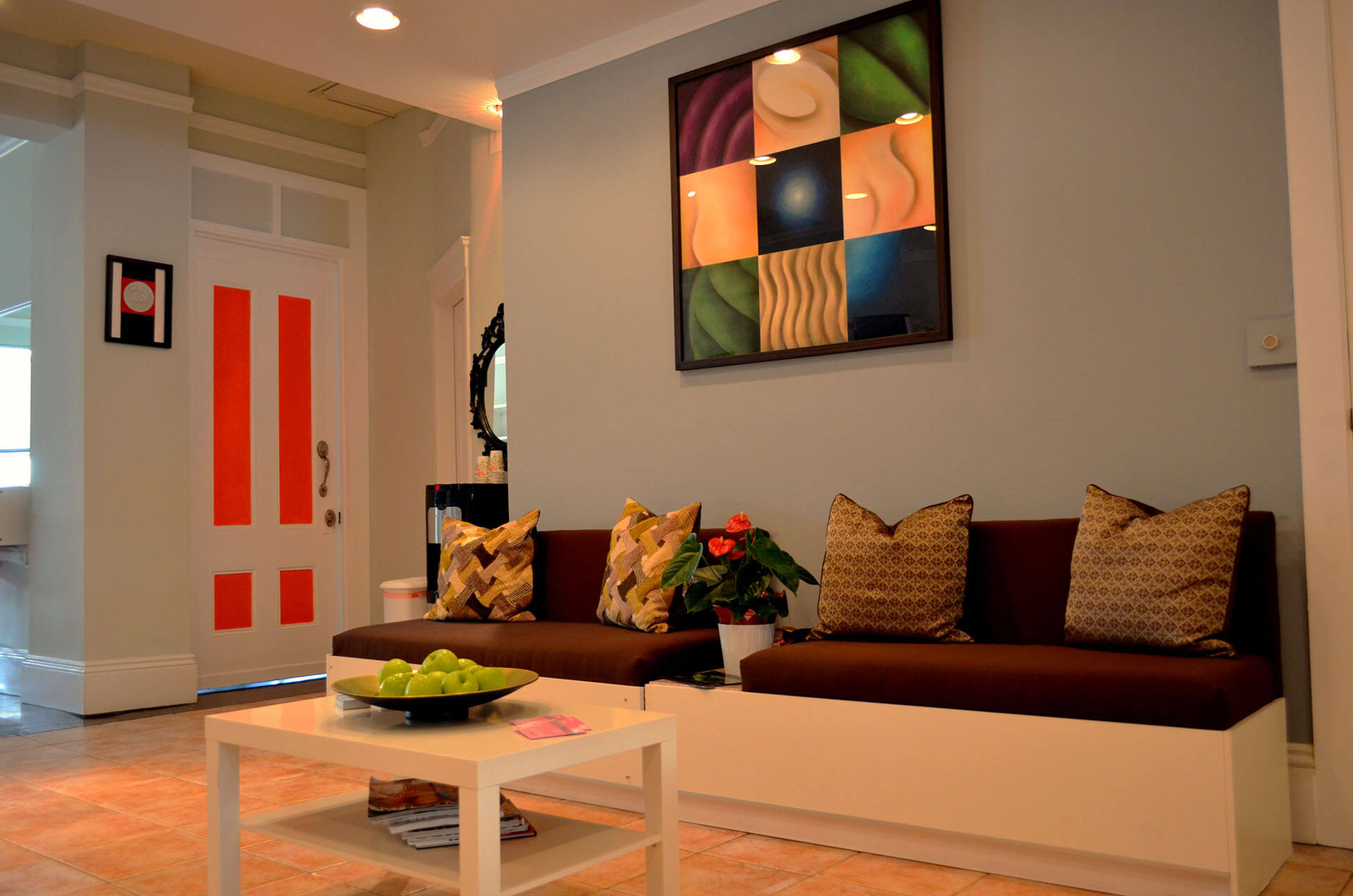
Choosing the right lighting can make a huge difference to the look and feel of a room.
Dimmable lights provide some additional versatility, allowing you to find the perfect brightness for the mood you want to set. With the rapid development of dimmable LED lighting comes smoother control, silent running, soft start and multi-way dimming. it is now easier than ever to find the right setup for your LED lighting.
If you're not sure where to start with dimmable LED lighting, the following guide will hopefully provide some answers. If you need any further help, don't hesitate to contact our friendly and knowledgeable customer services team.

Can I dim any LED bulb?
No, not all LED bulbs are dimmable. LED bulbs are manufactured with different circuits that determine whether they are dimmable or non-dimmable, and they are not interchangeable. If you try to dim a non-dimmable light bulb, it may create an unpleasant flickering effect, and is likely to damage the bulb itself.
All LED light bulbs should clearly indicate whether they are suitable for dimming or not, both on the packaging and in online product descriptions.

Do I need a specific type of dimmer switch?
There are two types of dimmer switch available: leading-edge and trailing-edge dimmers. Some retrofit LED light bulbs and fittings have drivers that allow them to work with either type, but for a better chance of the dimmer operating correctly, choose a trailing-edge dimmer.
There are a few reasons for this, but it's primarily because leading-edge dimmers have a higher minimum load, and the lower wattage of LED bulbs means they are not guaranteed to function correctly when paired with them.

What is a gang?
The gang is the number of switches (or dials) on the dimmer. If you just have one light fixture in a room, then you just need a dimmer switch with one gang. If you have multiple light fixtures (e.g. several spotlights, or a ceiling and wall light), then you can dim them independently using dimmer switches with more than one gang.
When using dimmer switches with 2+ gangs, make sure all connected bulbs are dimmable to avoid faults occurring.

What are minimum and maximum loads?
Traditionally, dimmer switches have a minimum electrical load that must be met to guarantee that the switch operates smoothly. A switch with a minimum load of 10 watts, for example, needs a bulb (or bulbs) totalling a minimum of 10W connected to it for it to function correctly. Anything lower than this and you may experience a flickering or stuttering dim.
The maximum load is the opposite. Ensure that the total wattage of the bulbs and fittings connected to a dimmer switch do not exceed this maximum load, in order to prevent faults. With LED bulbs, this is slightly more complicated, as the maximum load can't necessarily be taken at face value. Read on for more details

Calculating the maximum load
The low wattage of LED bulbs means that in theory, you could connect numerous bulbs to the same dimmer switch. If you have a dimmer switch with a 400W maximum load, for example, then surely you could connect 80 5W LED bulbs to it (80 x 5W = 400W)? This is not the case, however. LED lights generate an inrush (or spike) of power when switched on, which may exceed the stated wattage of the bulb momentarily.
A rule of thumb commonly used to calculate a load for LED dimmers is to divide the stated maximum load by 10. For example a 400W dimmer switch should have no more than 40W of LED bulbs connected to it, which would equate to eight 5W bulbs.

 UK's #1 Specialist LED Retailer
UK's #1 Specialist LED Retailer
 Free Delivery Orders Over £50
Free Delivery Orders Over £50
 28 Day Returns Quality Guarantee
28 Day Returns Quality Guarantee